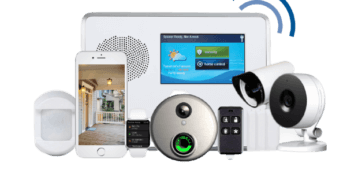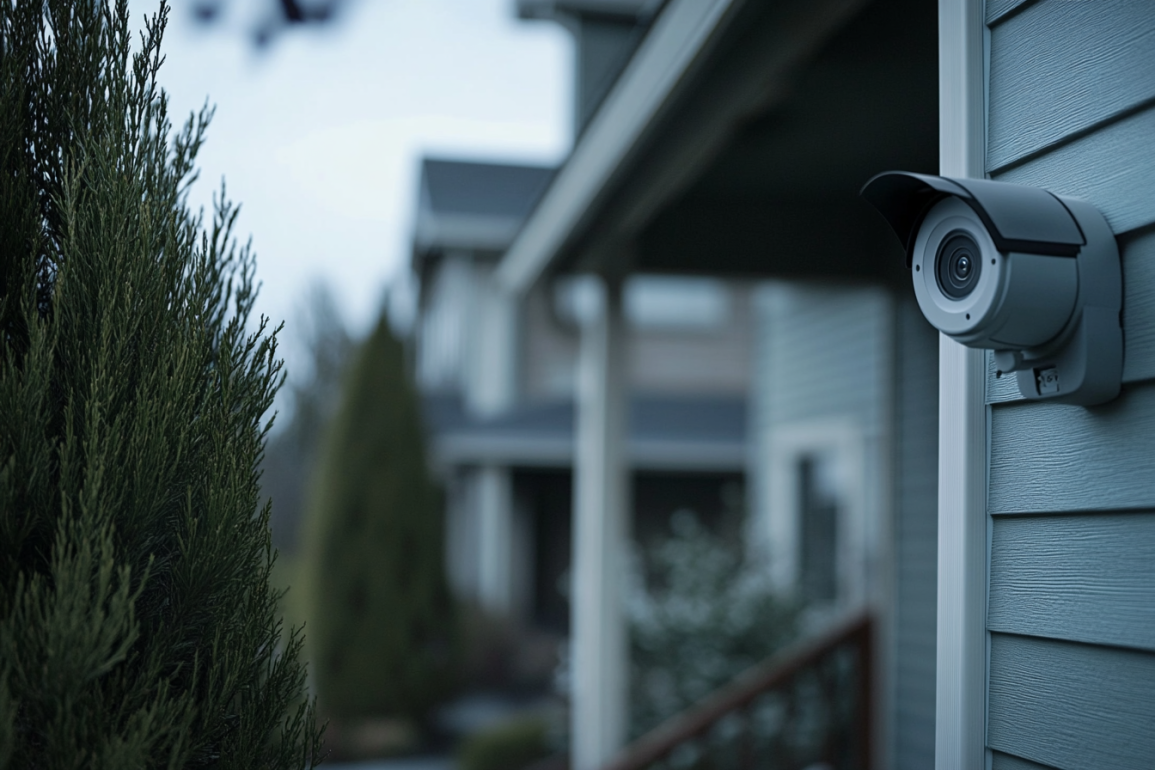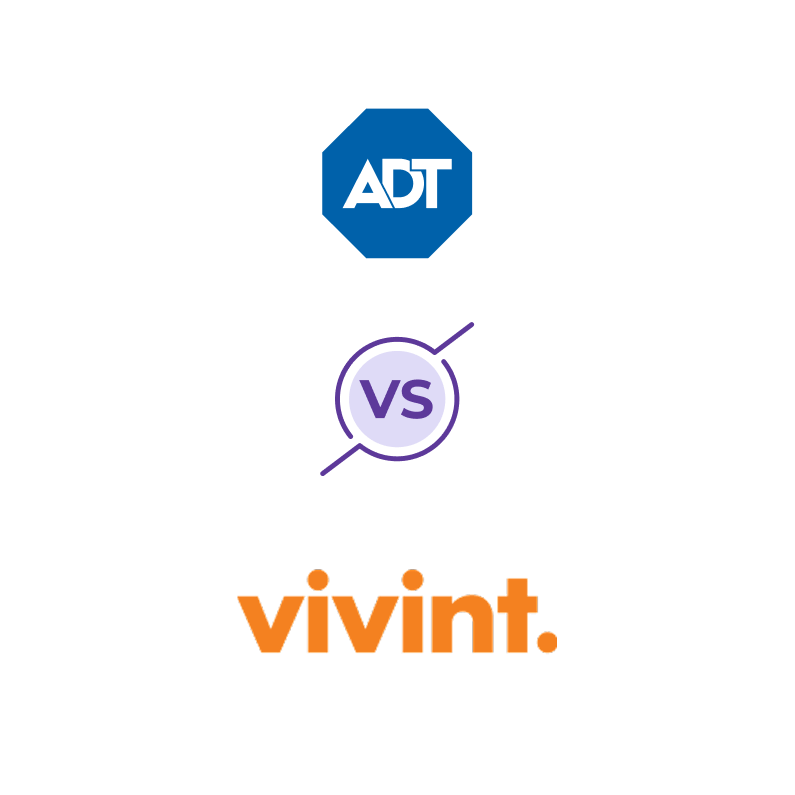

Home Security

Choosing a home security system today isn’t just about alarms — it’s about smart-home integration, monitoring flexibility, and how the system fits into your lifestyle. Two of the most popular choices are Vivint Smart Home and ADT, both industry leaders with distinct strengths.
In this guide, we break down Vivint and ADT across the factors that matter most: installation, technology, contracts, customer satisfaction, and costs. By the end, you’ll have a clear idea of which brand better matches your home security needs.
Choosing between ADT and Vivint starts with understanding who they are and how they operate. In this section, we’ll give you a quick snapshot of each brand — their history, installation approach (DIY vs. professional), monitoring footprint, and overall smart-home philosophy. Think of it as a quick orientation: what each company does best, who typically loves them, and where they differ at a glance.
ADT has been in business for over 150 years, making it one of the most established names in home security. With nine monitoring centers across the U.S. and one of the largest professional networks, ADT is known for reliability, fast emergency response, and nationwide service. Their systems now integrate seamlessly with Google Nest products and Yale smart locks through ADT Plus, offering both traditional and smart-home options.

Vivint, founded in 1999, has quickly grown into one of the most innovative home security providers. Known for sleek equipment and one of the most intuitive mobile apps in the industry, Vivint offers cutting-edge automation features that unify security and smart-home controls in one place. Customers appreciate the flexibility of paying upfront for no-contract service or financing equipment with longer agreements.

Home security isn’t just a keypad and a siren anymore. Today’s systems are ecosystems of sensors, cameras, hubs, locks, lights, and apps that all need to play nicely together. Here, we break down each brand’s hardware lineup and smart-home integrations — what’s standard, what’s optional, and which combinations make the most sense for different homes (from condos to large, multi-entry properties).
Both ADT and Vivint offer smart thermostats, lighting controls, and integration with energy-saving devices. Vivint stands out slightly more here, as its app provides direct automation control for reducing energy use when you’re away.
Cost goes beyond the monthly fee. Total value includes equipment, installation, monitoring level, contract terms, and the time you save (or spend) managing your system. In this section, we explain how each brand structures pricing, what typically drives costs up or down, and how to think about long-term value — like energy savings from automation and potential insurance discounts.
| Feature | ADT | Vivint |
|---|---|---|
| Upfront Costs | $269 to $1,449 (often waived with promotions) | $0 upfront with contract OR full equipment cost upfront |
| Monthly Monitoring | $24.99 to $82/month | $29.99 to $49.99/month (can exceed $80 with advanced automation) |
| Installation | Professional or DIY (ADT Plus) | Professional only |

If you’re skimming, start here. We distill the main trade-offs into a quick read so you can spot which brand aligns with your priorities — reliability and nationwide coverage, cutting-edge automation, flexible contracts, or polished professional setup. Use this summary to narrow your choice before diving deeper.
Pros
Cons
Pros
Cons
When comparing Vivint vs. ADT, a few common questions come up for most homeowners. Below we’ve answered the ones that matter most — from cost and contracts to smart-home features and installation — so you can feel confident in making the right choice.

ADT often feels less expensive upfront thanks to promotional deals that reduce installation fees, but monthly monitoring tends to be higher. Vivint can cost more if you choose to pay for equipment upfront, though its monitoring starts at a lower monthly price point. Over time, the “cheaper” option depends on whether you prefer to minimize upfront costs or long-term monthly fees.
Vivint is the better fit if you want flexibility. When you purchase equipment upfront, Vivint allows month-to-month service. ADT typically requires longer contracts, which can be a hassle if you expect to move within a few years.
Vivint stands out for its unified app that controls everything — locks, cameras, lights, thermostats, and alarms. ADT also integrates with smart-home products, especially through its partnerships with Google Nest and Yale, but the experience may feel more spread across multiple apps or devices.
Both brands provide cellular and battery backup options to keep your system running during outages. It’s worth confirming during installation how long the backup battery lasts and whether cellular failover is included in your package.
ADT generally requires a 36-month agreement, with cancellation penalties equal to most of the remaining balance. Vivint offers two paths: pay upfront for equipment and stay contract-free, or finance your system with a 42–60 month agreement. Cancelling financed systems means paying off the balance.
Yes. Many insurers provide discounts for professionally monitored systems, especially when you include fire, CO, or water leak detectors. Ask your insurance provider which devices qualify and what documentation they need.
Both ADT and Vivint deliver excellent home security, but your choice depends on your priorities:
Either way, both systems provide peace of mind and advanced protection. The best next step is to get a personalized quote from both providers and compare what works best for your home, budget, and lifestyle.
Looking for more than just one review? The Modernize Review Hub brings together detailed insights on top home security brands, systems, and services all in one place. It’s the easiest way to compare your options side by side and find the best fit for protecting your home.
Read real homeowner reviews, explore qualifications, and view promotions. Modernize makes it easy to browse professionals and find one that will be perfect for your project.